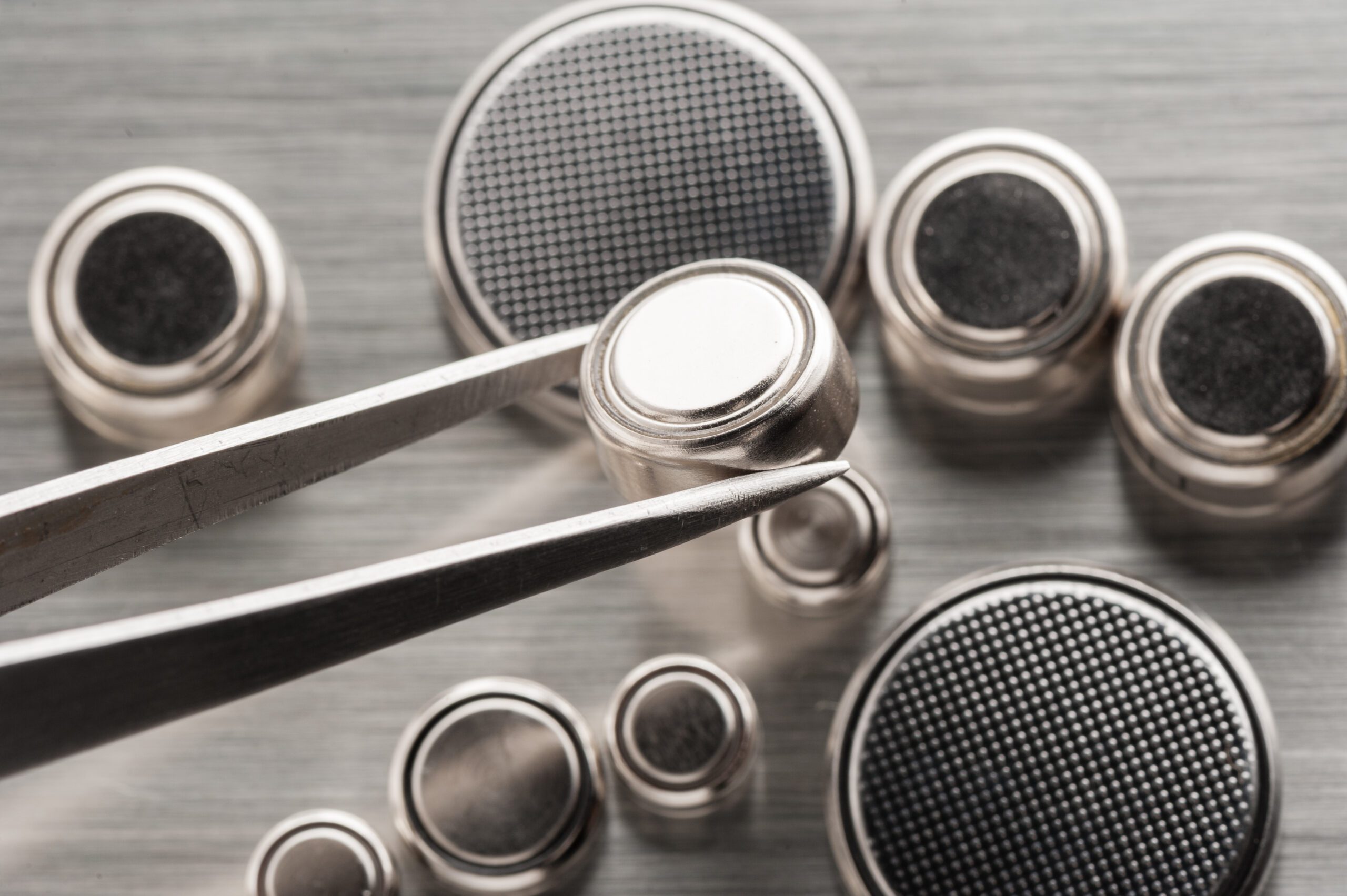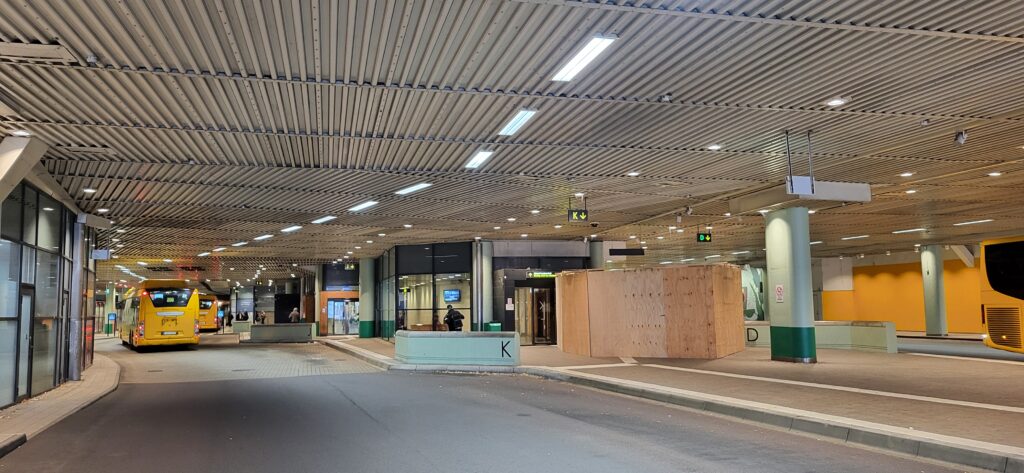One battery through the whole lifecycle - a reality with ultra low energy mesh
Reduced power consumption for wireless connectivity is a strong demand in many industries, to enable battery-operated wireless devices. LumenRadio’s focus on perfecting wireless technology has led to unique results within low energy mesh. Having wireless products running on the same battery through the whole lifecycle is a demand which could, by some, have been considered a dream – we made it a reality.
For OEMs within HVAC, Building Automation or Industry, the main drivers of low energy mesh technology in battery powered devices is to enable retrofit. Old buildings need to be upgraded with modern technology to meet requirements regarding energy efficiency, and condition monitoring of industrial machines need to go Zero Wires to attain lower installation costs, lower product costs and an increased service life of the product.
At LumenRadio this has been a focus for our R&D department for the last 7-8 years, really since we started developing our wireless mesh solution MiraOS. When we launched MiraOS v2.0 in April 2018 we took a major step forward, and we now three years later see that we have continued to push the envelope to where we are today. We have not only outperformed the competition, but also set a new standard for low energy mesh technology.
MiraOS enables ultra-low energy consumption for battery operated solutions. The current consumption for meshing nodes is reduced to as little as 16uA, which enables roughly 15 years operation in meshing mode from an AA-sized battery. And a leaf node on a coin cell battery can easily last for 10 years. This consumption is calculated when sending a 160B data message every minute. This low energy consumption gives manufacturers the possibility to significantly lower their product- and/or their maintenance costs either by reducing battery size or having longer maintenance intervals of the sensors. It also enables ATEX-approved (potted) devices for operation in hazardous areas – that otherwise would be uneconomical and unsustainable, considering the effect on battery lifetime.
As far as we know, this is significantly better than any other competing wireless technology. And in fact, we believe it is the best possible with today’s batteries. Does our unofficial world record still stand? We are positive it does.





